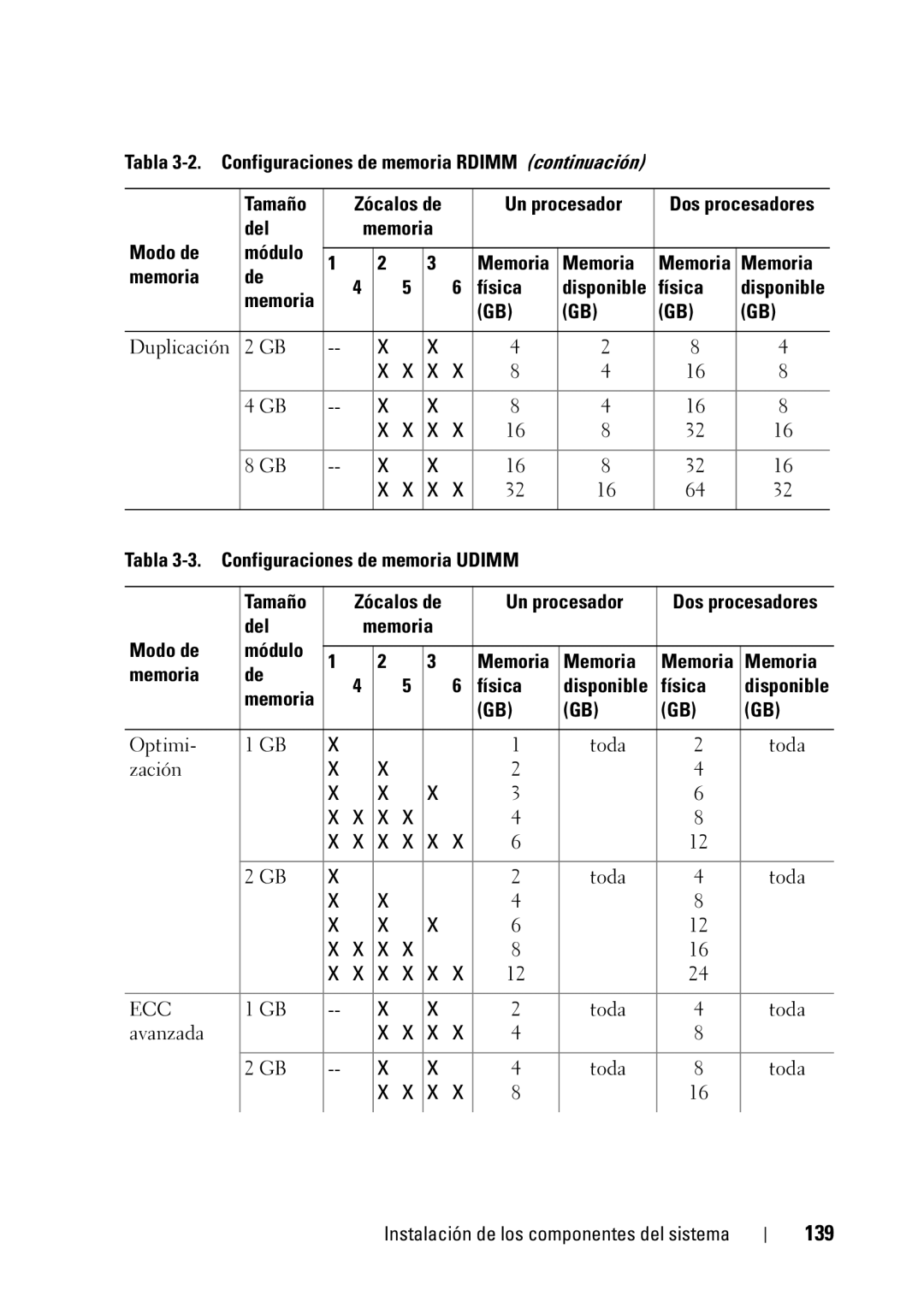R610 specifications
The Dell PowerEdge R610 is a 1U rack server that combines outstanding performance with advanced management features, making it ideal for enterprises and small to medium-sized businesses. Introduced as part of Dell’s 11th generation of servers, the R610 is designed to meet demanding workloads while optimizing energy consumption.One of the main features of the R610 is its dual-socket capability, supporting up to two Intel Xeon 5500 or 5600 series processors. This allows significant scaling of compute power, enabling users to run multiple applications concurrently without a hitch. The server supports up to 192 GB of DDR3 memory with 18 DIMM slots, providing ample bandwidth for memory-intensive workloads.
Storage flexibility is another hallmark of the R610. It offers a choice of up to six 2.5-inch SAS, SATA, or solid-state drives, which allows for impressive storage capacities and the option for RAID configurations. This ensures data integrity and high availability, catering to the needs of various applications from databases to virtual environments.
The Dell R610 introduces advanced virtualization technologies, with support for VMware and Microsoft Hyper-V, making it an excellent choice for virtualized environments. With the option to deploy multiple virtual machines on a single physical server, organizations can maximize resource allocation and reduce costs.
In terms of management, the R610 is equipped with the Integrated Dell Remote Access Controller (iDRAC) which provides out-of-band management capabilities. This feature allows administrators to monitor system health, perform firmware updates, and manage hardware without the need for physical access to the server.
Energy efficiency is a notable characteristic of the R610, complying with Energy Star requirements. It utilizes lower power consumption components and features such as dynamic power management, which adjusts the power usage based on real-time workload demand. This characteristic contributes to lower operational costs and a reduced environmental footprint.
The Dell PowerEdge R610 excels in providing an optimal balance of performance, manageability, and energy efficiency, making it a powerful tool for IT environments that demand reliability and scalability. Its robust feature set and support for virtualization technologies position it as a favorable choice for businesses looking to enhance their IT infrastructure efficiently.
